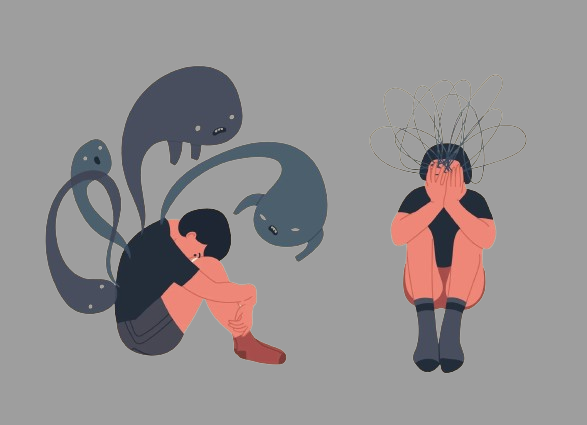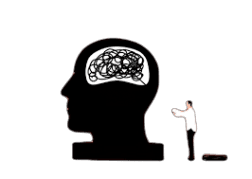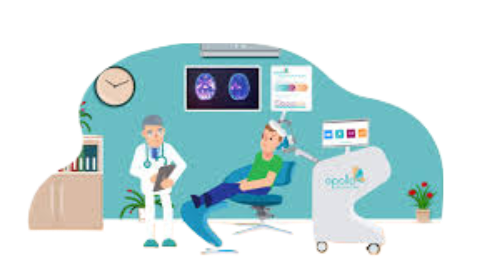Post-Traumatic Stress Disorder (PTSD) is classified as a serious mental health condition that arises after exposure to a traumatic event. It falls under the category of trauma- and stressor-related disorders in the Diagnostic and Statistical Manual of Mental Disorders (DSM-5). PTSD is characterized by intrusive thoughts, emotional distress, and physiological reactions linked to past trauma.
Unlike acute stress disorder, which is short-lived, PTSD symptoms persist for more than a month and can severely disrupt daily functioning. The classification of PTSD as a distinct mental disorder underscores the significant impact trauma can have on an individual’s psychological well-being. Various factors, including genetics, personality traits, and the severity of trauma, influence the likelihood of developing PTSD.
This classification aids clinicians in diagnosing and treating PTSD effectively, ensuring that individuals receive appropriate intervention. The World Health Organization (WHO) also recognizes PTSD under the International Classification of Diseases (ICD), reinforcing its validity as a serious medical condition requiring professional attention.
Criteria for Post-Traumatic Stress Disorder
The criteria for diagnosing Post-Traumatic Stress Disorder (PTSD) are detailed and require a comprehensive evaluation by a mental health professional. PTSD is diagnosed based on an individual’s response to trauma, including exposure to actual or threatened death, serious injury, or sexual violence.
The experience of trauma can be direct, witnessed, or occur through indirect exposure, such as hearing about a traumatic event happening to a loved one. Individuals must exhibit a combination of symptoms across various categories, including intrusive thoughts, avoidance behaviors, negative changes in mood and cognition, and heightened arousal.

These symptoms must persist for more than one month and cause significant distress or impairment in social or social anxiety, occupational, or other important areas of functioning. The complexity of PTSD criteria ensures that only those who meet the necessary conditions receive an accurate diagnosis. Understanding these criteria helps medical professionals develop targeted treatment plans, such as therapy, medication, and lifestyle adjustments, to support those struggling with PTSD.
Diagnostic Criteria of PTSD
The diagnostic criteria for PTSD, as outlined in the DSM-5, are specific and structured to distinguish PTSD from other mental health conditions. To be diagnosed, an individual must have experienced or been exposed to a traumatic event, directly or indirectly.
The symptoms must fall into four key clusters: intrusive memories, avoidance behaviors, negative alterations in mood and cognition, and marked alterations in arousal and reactivity. Intrusive symptoms include flashbacks, nightmares, and distressing memories that disrupt daily life. Avoidance behaviors manifest as efforts to evade reminders of the trauma, including places, conversations, or people associated with the event.
Negative mood changes involve persistent feelings of fear, guilt, or detachment from others, while arousal symptoms include hypervigilance, difficulty sleeping, and exaggerated startle responses. The symptoms must last for over a month and impair daily functioning. Proper diagnosis by mental health professionals ensures individuals receive the necessary support, whether through cognitive-behavioral therapy, medication, or other evidence-based treatments.
PTSD Impact
The impact of Post-Traumatic Stress Disorder (PTSD) extends far beyond psychological distress, affecting various aspects of a person’s life. Those suffering from PTSD often experience severe emotional turmoil, which can lead to anxiety, depression, and social withdrawal.
The disorder can disrupt personal relationships, as affected individuals may struggle to communicate their feelings or become emotionally detached from loved ones. Occupational performance is also significantly affected, with many struggling to maintain employment due to concentration difficulties, heightened stress responses, and emotional instability.

PTSD also increases the risk of developing physical health problems, including cardiovascular diseases, chronic pain, and weakened immune function due to prolonged stress. Substance abuse is another common consequence, as individuals may turn to drugs or alcohol to cope with their symptoms.
The overall quality of life is diminished, making early intervention and treatment critical. Therapy, support groups, and medical treatment can mitigate these effects, allowing individuals to regain control over their lives and mental well-being.
Post-Traumatic Stress Disorder DSM-5 Definition
Post-Traumatic Stress Disorder (PTSD) is defined in the DSM-5 as a mental health disorder resulting from exposure to a traumatic event, leading to distressing symptoms that persist beyond one month.
The DSM-5 criteria emphasize exposure to life-threatening or significantly distressing events, either through direct experience, witnessing, or indirect exposure. PTSD is characterized by four major symptom clusters: intrusive thoughts, avoidance, negative changes in cognition and mood, and heightened arousal. Intrusive symptoms manifest as flashbacks, nightmares, and distressing thoughts, while avoidance symptoms involve efforts to steer clear of trauma-related reminders.
Negative mood alterations include persistent negative emotions, memory gaps about the trauma, and feelings of detachment. The arousal symptoms contribute to hypervigilance, sleep disturbances, and increased irritability.
For an individual to be diagnosed, these symptoms must cause significant impairment in daily life. The DSM-5 classification of PTSD ensures a standardized approach to diagnosis, helping clinicians provide effective treatment through therapy, medication, and holistic interventions.



